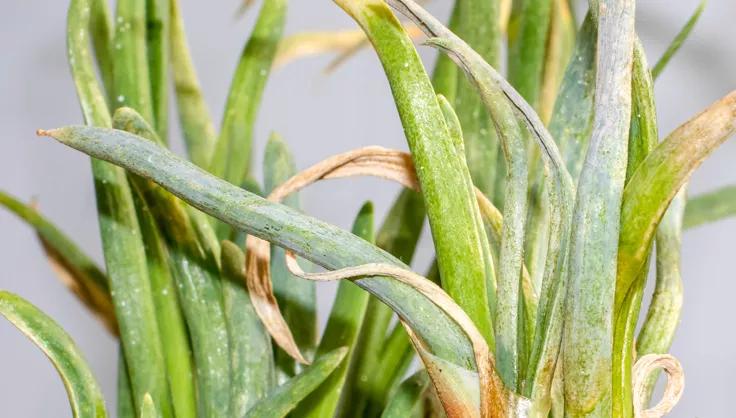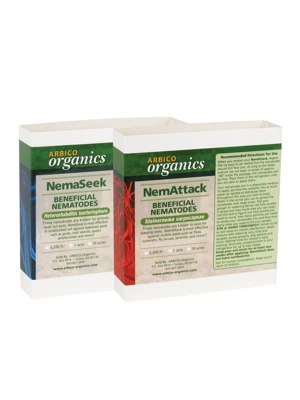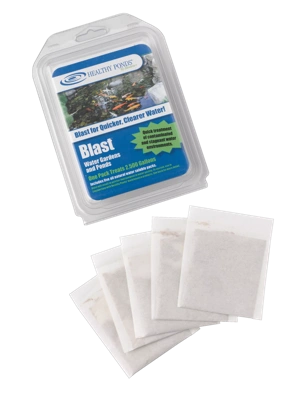Thrip

Thrips are fast-moving insects that measure no more than about 1/25″; they are not visible to the naked eye. Certain species also spread tomato viruses. Thrips reproduce rapidly, so there are many generations each growing season. They are found throughout North America.
Prevention and Control of Thrips
- Natural predators usually keep thrip populations under control. Encourage these natural enemies in your garden.
- Protect susceptible plants by covering them with garden fabric.
- To determine if thrips are present, hang yellow sticky traps. Or, shake foliage and flowers over a white piece of paper. A dustlike coating on the paper indicates the presence of thrips.
Last updated: 03/15/2024
Print this Article:
Related items
Get the Dirt
Stay up to date on new articles and advice. Please fill out the information below.







